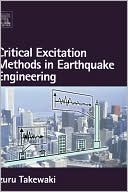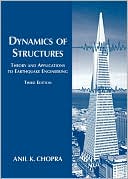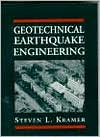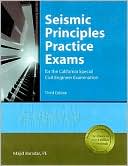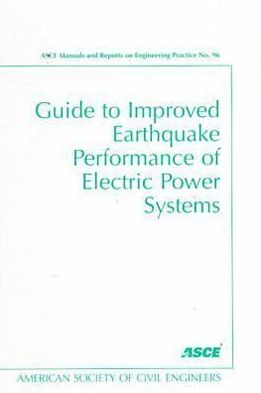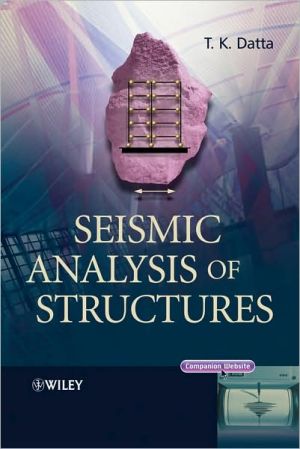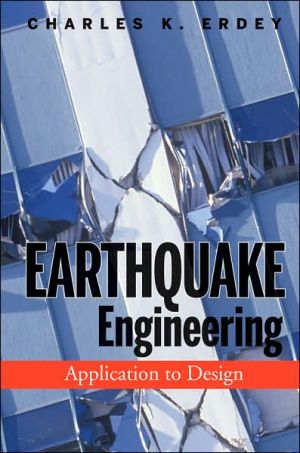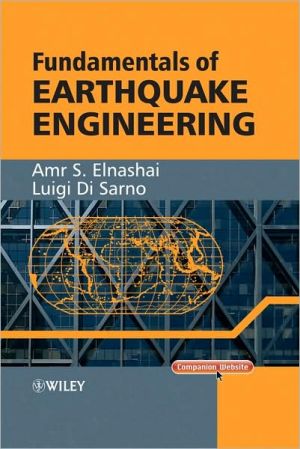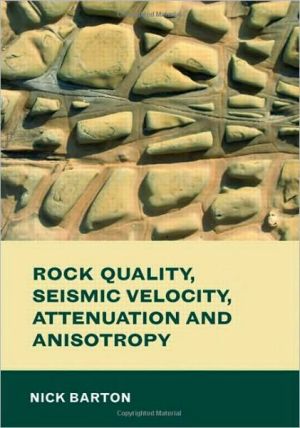Critical Excitation Methods in Earthquake Engineering
Search in google:
During the last three decades critical excitation problems in earthquake engineering have been studied extensively, and have formed a new research discipline in applied mechanics and structural engineering. These investigations have been motivated by the fact that uncertainties in the occurrence of earthquakes, the fault rupture mechanism, the wave propagation mechanism, the ground properties, etc. cause much difficulty in defining reasonable design ground motions especially for important buildings.In the past, once a big earthquake occurred, some building codes were upgraded. However, it is true that this repetition never resolves all the issues and new damage problems occur even recently. In order to overcome this problem, a new paradigm has to be posed. To the author’s knowledge, the concept of ‘critical excitation’ and the structural design based upon this concept can become one of such new paradigms.In the seismic resistant design of building structures, the concept of ‘performance-based design’ has become a new paradigm guaranteeing the maximum satisfaction of building owners. The quality and reliability of the performance-based design certainly depend on the scientific rationality of design ground motions.The most critical issue in the seismic resistant design is the resonance. The promising approaches are to shift the natural period of a building through seismic control and to add damping in the building. However it is also true that the seismic control is under development and more sufficient time is necessary to respond to uncertain ground motions. This book introduces a new probabilistic and energy-based critical excitation approach to overcome several problems in the scientific and rational modeling of ground motions. The author hopes that this book will help the development of new seismic-resistant design methods of buildings for such unpredicted or unpredictable ground motions.
Preface xPermission Details xivOverview of Seismic Critical Excitation MethodWhat is critical excitation? 1Origin of critical excitation method (Drenick's approach) 3Shinozuka's approach 7Historical sketch in early stage 8Various measures of criticality 9Subcritical excitation 10Stochastic excitation 11Convex models 12Nonlinear or elastic-plastic SDOF system 13Elastic-plastic MDOF system 14Critical envelope function 15Robust structural design 15Critical excitation method in earthquake-resistant design 17Critical Excitation for Stationary and Non-stationary Random InputsIntroduction 23Stationary input to single-degree-of-freedom model 24Stationary input to multi-degree-of-freedom model 26Conservativeness of bounds 29Non-stationary input to SDOF model 31Non-stationary input to MDOF model 34Numerical examples for SDOF model 36Numerical examples for MDOF model 38Conclusions 40Critical Excitation forNon-proportionally Damped Structural SystemsIntroduction 43Modeling of input motions 43Response of non-proportionally damped model to non-stationary random excitation 44Critical excitation problem 49Solution procedure 50Critical excitation for acceleration (proportional damping) 51Numerical examples (proportional damping) 53Numerical examples (non-proportional damping) 54Numerical examples (various types of damping concentration) 55Conclusions 58Critical Excitation for Acceleration ResponseIntroduction 63Modeling of input motions 64Acceleration response of non-proportionally damped model to non-stationary random input 64Critical excitation problem 69Solution procedure 70Numerical examples 72Model with non-proportional damping-1 73Model with non-proportional damping-2 73Model with proportional damping 78Conclusions 80Critical Excitation for Elastic-Plastic ResponseIntroduction 81Statistical equivalent linearization for SDOF model 82Critical excitation problem for SDOF model 84Solution procedure 86Relation of critical response with inelastic response to recorded ground motions 86Accuracy of the proposed method 91Criticality of the rectangular PSD function and applicability in wider parameter ranges 93Critical excitation for MDOF elastic-plastic structures 95Statistical equivalent linearization for MDOF model 95Critical excitation problem for MDOF model 100Solution procedure 101Relation of critical response with inelastic response to recorded ground motions 102Accuracy of the proposed method 105Conclusions 107Critical Envelope Function for Non-stationary Random Earthquake InputIntroduction 112Non-stationary random earthquake ground motion model 113Mean-square drift 114Problem for finding critical envelope function 115Double maximization procedure 115Discretization of envelope function 116Upper bound of mean-square drift 117Numerical examples 118Critical excitation for variable envelope functions and variable frequency contents 123Conclusions 123Robust Stiffness Design for Structure-Dependent Critical ExcitationIntroduction 130Problem for fixed design 130Problem for structure-dependent critical excitation 132Solution procedure 133Numerical design examples 136Response to a broader class of excitations 137Response to code-specified design earthquakes 141Conclusions 142Critical Excitation for Earthquake Energy Input in SDOF SystemIntroduction 146Earthquake input energy to SDOF system in frequency domain 148Property of energy transfer function and constancy of earthquake input energy 149Critical excitation problem for earthquake input energy with acceleration constraint 151Critical excitation problem for earthquake input energy with velocity constraint 153Actual earthquake input energy and its bound for recorded ground motions 154Conclusions 161Critical Excitation for Earthquake Energy Input in MDOF SystemIntroduction 165Earthquake input energy to proportionally damped multi-degree-of-freedom system (frequency-domain modal analysis) 165Earthquake input energy to non-proportionally damped MDOF system (frequency-domain modal analysis) 168Earthquake input energy without modal decomposition 171Examples 172Critical excitation for earthquake energy input in MDOF system 179Conclusions 179Critical Excitation for Earthquake Energy Input in Soil-Structure Interaction SystemIntroduction 181Earthquake input energy to fixed-base SDOF system 183Earthquake input energy to SSI systems 184Actual earthquake input energy to fixed-base model and SSI system 192Critical excitation for earthquake energy input in SSI system 198Critical excitation problem 202Upper bound of Fourier amplitude spectrum of input 204Solution procedure and upper bound of input energy 205Critical excitation problem for velocity constraints 206Solution procedure for velocity constraint problems 207Numerical examples 1 (one-story model) 208Numerical examples 2 (three-story model) 211Conclusions 214Critical Excitation for Earthquake Energy Input in Structure-Pile-Soil SystemIntroduction 221Transfer function to bedrock acceleration input 222Earthquake input energy to structure-pile system 224Earthquake input energy to structure 226Input energies by damage-limit level earthquake and safety-limit level earthquake 227Critical excitation for earthquake energy input in structure-pile-soil system 236Conclusions 237Critical Excitation for Earthquake Energy Input RateIntroduction 244Non-stationary ground motion model 244Probabilistic earthquake energy input rate: a frequency-domain approach 245Critical excitation problem for earthquake energy input rate 250Solution procedure for double maximization problem 252Mean energy input rate for special envelope function 254Critical excitation problem for non-uniformly modulated ground motion model 256General problem for variable envelope function and variable frequency content 257Numerical examples 258Conclusions 264Index 267
